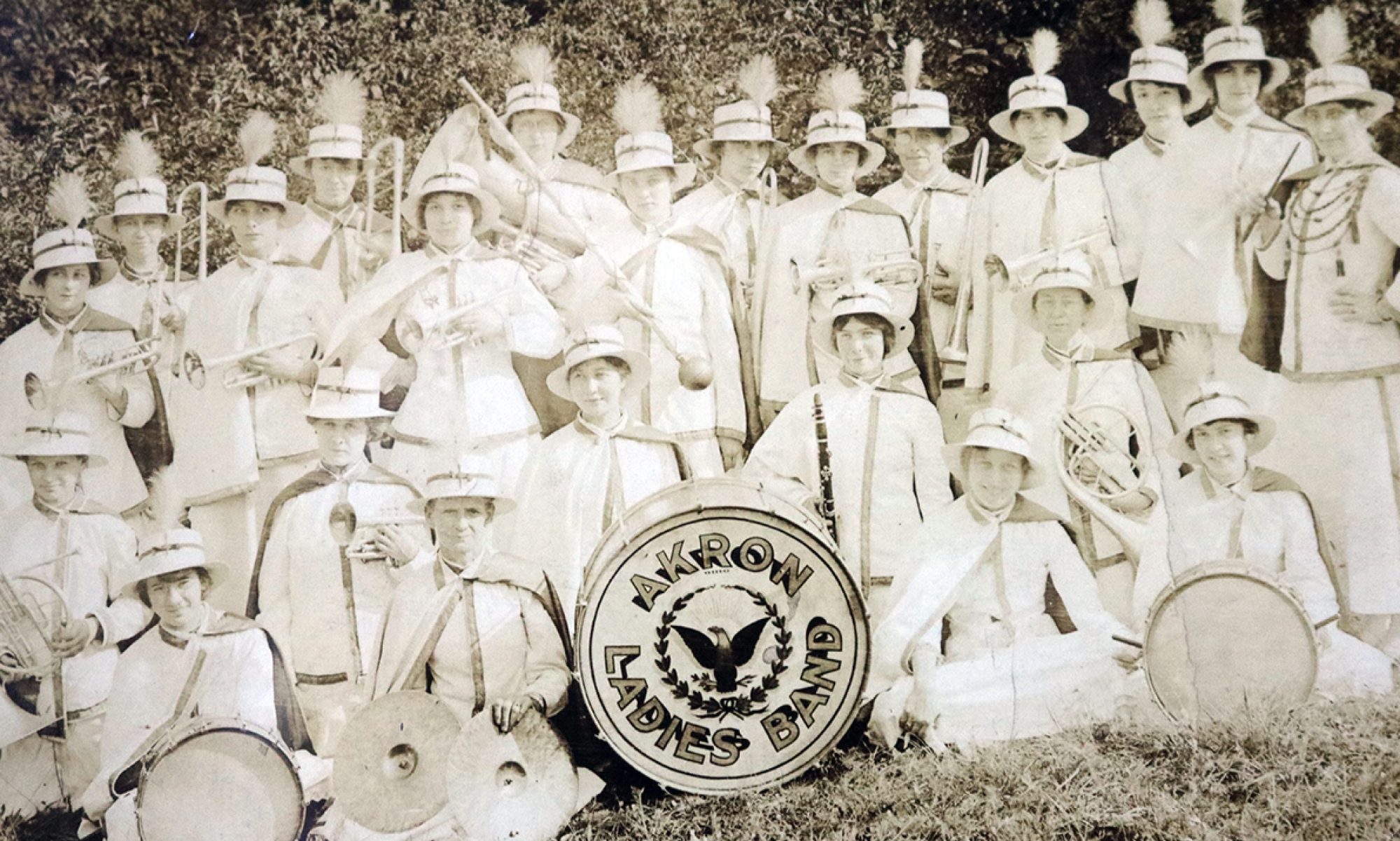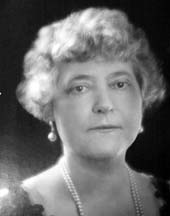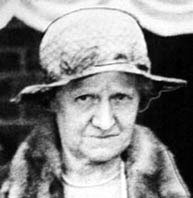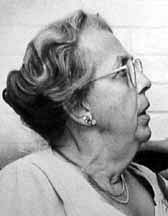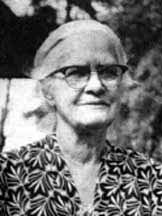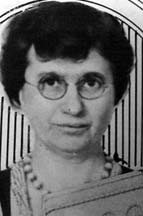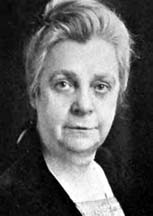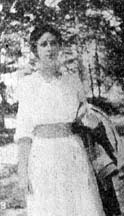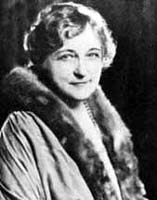
Gertrude Ferguson Penfield Seiberling, benevolent supporter of the arts, gave unselfishly of her time, talents and resources to better the people of her community, Ohio and the nation.
Born on January 23, 1866, Seiberling-then Penfield-grew up in Willoughby, Ohio, where her father owned a leading manufacturing company. When she was 21, she graduated from Lasell Seminary for Young Women in Auburndale, Mass. Later that year, she was introduced to Franklin Augustus Seiberling and the couple married.
After her marriage, Seiberling came to Akron with her husband. Never one to miss an opportunity, Seiberling helped supplement the family income by giving singing lessons to young girls.
Because of her love of music, Seiberling became a charter member of the Tuesday Afternoon Club, which was later renamed the Tuesday Musical Club (T.M.C.). F.A. Seiberling was once quoted as jokingly saying the T.M.C. meant “Trouble Must Come.” Because of the group’s dedication and skill, performance requests came from all over the city.
Seiberling played an important part in bringing renowned performers and orchestras to Akron by helping to organize and finance these activities. Also active in theater, Seiberling performed at the Akron Opera House and demonstrated her golden contralto voice at the White House for President William Howard Taft. She founded the St. Cecelia Choral Society and was a frequently featured vocalist for the Christmas services at Trinity Lutheran Church in Akron, where she was a member.
It was during this time that her husband co-founded the Goodyear Tire and Rubber Company with his brother, C. W. Seiberling. As her husband’s business prospered at the turn of the century, Seiberling enrolled at Buchtel College to study architecture, gardening and interior design so she would be able to assist in building the new family home. After extensive travel abroad to gather design ideas and materials, the Seiberlings returned to Akron to build Stan Hywet, a beautiful 100-room, 1,400-acre estate patterned after an English Tudor-style mansion.
Even with the daunting task of raising her large family, Seiberling’s interest in the arts continued. She became honorary president of the Tuesday Musical Club, served on the board of directors for the Cleveland Institute of Music and was an honorary member of the Philadelphia Music Club and the Westminster Choir of Dayton, Ohio. She held honorary memberships in the National Federation of Music Clubs and the Music Arts Association in Cleveland.
Seiberling was a gifted and talented artist as well and exhibited paintings in New York and Ohio. She held memberships in the Women’s Art League of Akron, the Akron Art Institute, now known as the Akron Art Museum, and the National Association of Women Painters and Sculptors.
Seiberling founded and served as the first president of the Akron Garden Club in 1924, and held board positions on state and national garden clubs as well. She was active in the Peace Society and the Ohio Women’s Suffrage Association.
Seiberling died on Jan. 8, 1946. Because of her unfailing support of the arts and tremendous cultural contribution to Summit County, the Women’s History Project elected her “Woman of the Year” posthumously in 1993. At her death, the Beacon Journal reported that she was “a gracious matron and an outstanding musical enthusiast…[who] inspired in every way to make the world about her a better place.”
Photo courtesy Women’s History Project of the Arkon Area
–Penny Fox
